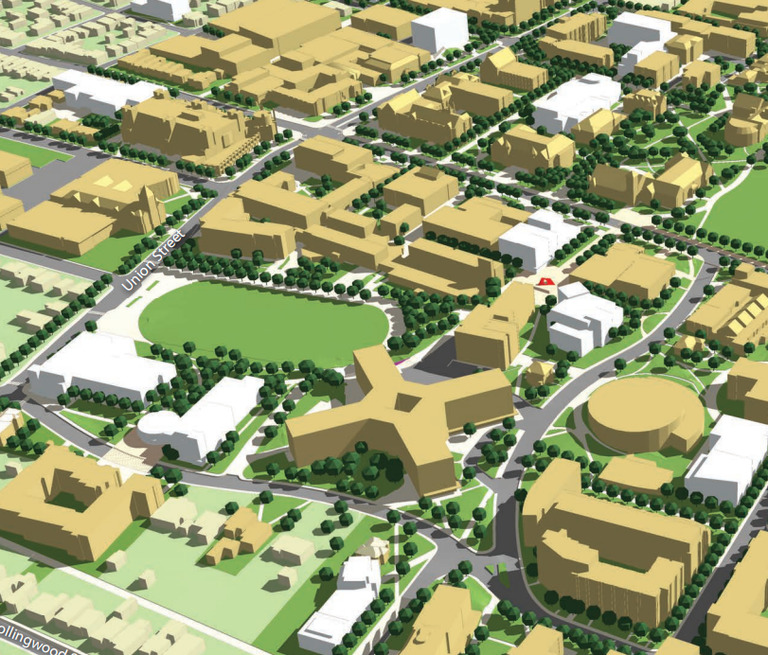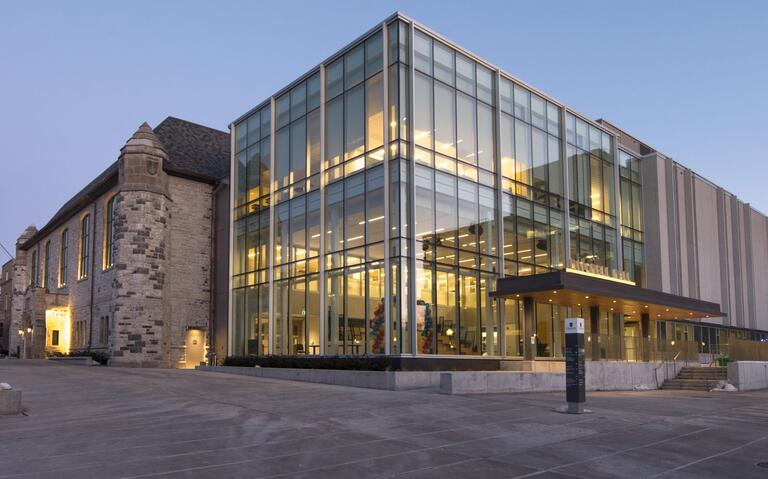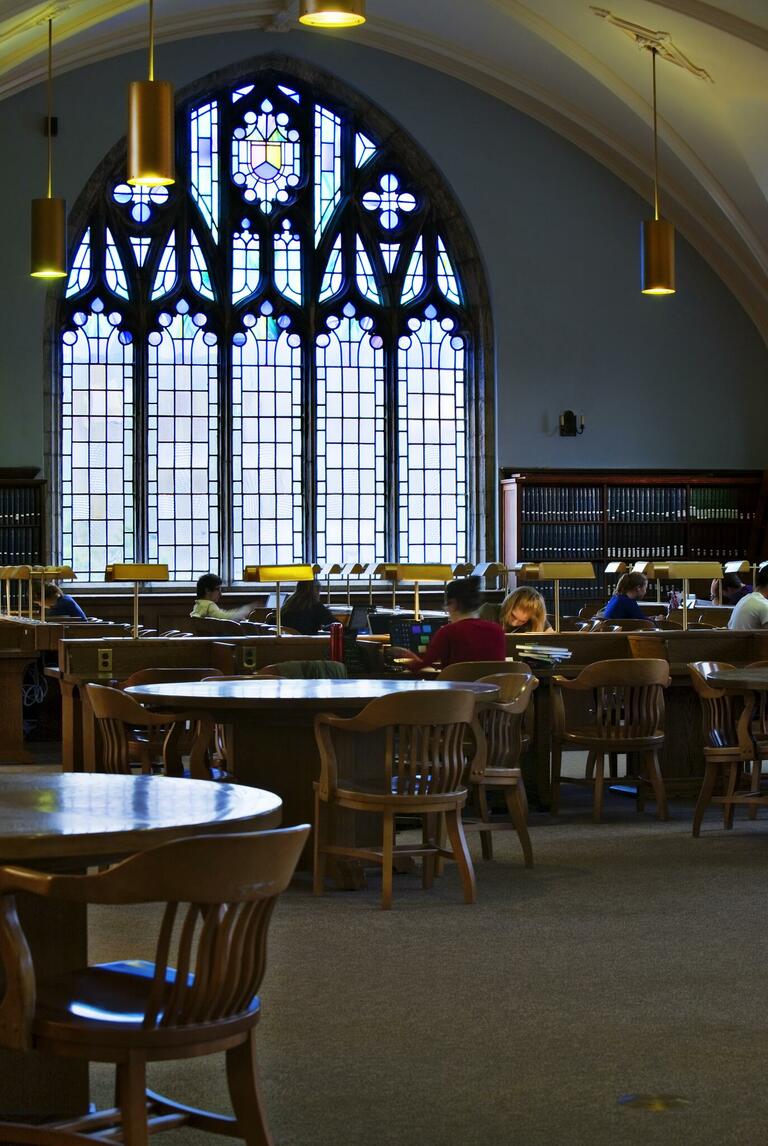The updated Campus Master Plan (CMP) for Queen's, released in March 2014 and updated September 2021, was a significant undertaking and is a strategic milestone in the university’s evolution. The CMP establishes a vision and framework to guide how the university will physically change over the next 10 to 15 years to accommodate Queen's evolving programs and activities, and in support of the initiative of our faculty, staff and students that makes Queen's a world-class university.
The plan is supported by polices and strategies related to:
- enhancing our research and learning experiences
- reinforcing the strategic and academic goals of the university
- influencing where and how students, faculty and staff research, learn and interact.
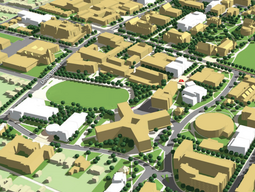
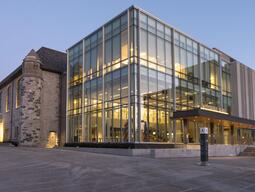
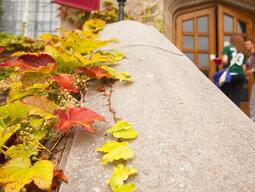

Part 1
The Campus Master Plan is a framework for change that will guide how Queen’s University physically evolves over the next 10 to 15 years. The Campus Master Plan does not pre-suppose growth; rather it illustrates how Queen’s lands can evolve in a coordinated manner, resulting from strategic planning decisions.
The Campus Master Plan is organized in nine chapters, and two parts. The first part provides a vision and master plans for both campuses, while part two provides specific design guidance to each precinct.
A comprehensive consultation program, consisting of community events and multiple opportunities for dialogue online, was developed to ensure the Plan was developed in a collaborative manner with Queen’s faculty and staff, students, Kingston residents, City staff and officials, and other interested parties.
An overview is provided regarding the nature of new spaces. New spaces should respond to existing learning trends, but also be flexible enough to anticipate further changes, new technologies, and the uncertain needs of future Queen’s staff and students. New spaces should prioritize flexibility, mixed and overlapping uses, multiple loci of activity, and the convergence of functions and services.
There is a need for co-ordinated planning to ensure mutual benefit between the City of Kingston and Queen’s. Building on existing University and City initiatives, the recommendations put forward in Chapter 4 are intended to complement the vision and policies prepared by City staff and the Kingston community who have been consulted throughout the study process.
Main Campus’ historic buildings, open spaces, and gathering spots are fundamental to the image of Queen’s and highly valued by students, staff, faculty, and alumni alike. Even though the campus is much loved, changes on Main Campus will be necessary to ensure the University provides the appropriate facilities and social spaces for a contemporary and sustainable campus. Change will occur mostly in the form of renewal to existing facilities, with the objective of bringing older buildings into contemporary conditions, all while protecting and enhancing the existing campus image and experience. Modest amounts of new development will also occur in the Campus’ few remaining underutilized development sites. Where this occurs, it is important that new buildings respond to the existing context through sensitive design. The Main Campus Master Plan provides direction regarding change through a series of plans for the different systems and networks that make up the campus.
The West Campus Vision imagines a modern and attractive campus that pays tribute to a varied and rich history. The vision balances learning, working, living and recreation needs by creating a diverse network of flexible, comfortable, and inviting spaces with different characters and functions. Whereas the Main Campus Master Plan emphasizes the renewal of the much-loved historic campus, the West Campus Plan provides the basis for a long-term framework for creating brand new places that borrows elements from what people love about Main Campus (such as social spaces, beautiful squares and plazas), but that recreates them in a contemporary, context-specific manner.
The building design guidelines provide widely applicable built form direction to ensure campus developments are built to an appropriate standard that enhances the public realm and pedestrian movement patterns. The guidelines provide direction regarding:
- Architectural Expression
- Building Orientation and Massing
- Building Facades and Materials
- Building Interiors
- Sustainability
- Servicing and Utilities
- Parking
The Campus Master Plan identifies a long-term framework for growth that can slowly be achieved over many decades. This framework will be reinforced and achieved through countless decisions that impact campus-building, ranging from small-scale planting improvements to site selection for large development projects. As the campus evolves and grows, elements of this Plan will slowly be implemented to meet the ongoing needs of the University.
Part 2
Part 2 provides detailed input to potential projects, informing decision-making. It is an integral part of the Plan, serving as a detailed implementation manual for Part 1.
The Precinct Plan divides the campus into precincts in order to consolidate the opportunities and requirements for campus evolution on a place-by-place basis. The precinct plans essentially establish the rules for development and identify the enabling and coordinated projects that must be considered in new building and renewal projects.
Project Consultants
Urban Strategies Inc.: Lead consultant, land use planning, campus design and open space, visioning, engagement and consultation, project management
Rickes Associates: Space planning, programming and optimization of space needs
Stantec: Architectural character, movement and circulation, sustainability, infrastructure
Betty Dion Associated Ltd: Accessibility and barrier-free strategies
Willowbank: Heritage strategies
Background
The previous Queen's Campus Master Plan was released in 2002. In developing the new plan, the consultant team provided overall support and direction throughout the duration of the project, working closely with Queen's through the CMP Project Team, the CMP Advisory Committee, and the Deans’ Council, which included a representative from every faculty and school.
The project kicked-off in December 2012. Throughout 2013, the consultants and Project Team facilitated stakeholder and community interviews, including various Queen's faculty, staff and students, and representative of the City of Kingston, KGH, and the Near Campus Advisory Committee. The group also hosted several engagement opportunities, including several open meetings and web forums.
Draft recommendations were presented in August 2013, and the final plan was submitted in February 2014 for approval of the Board of Trustees in March.
 Find us
Find us